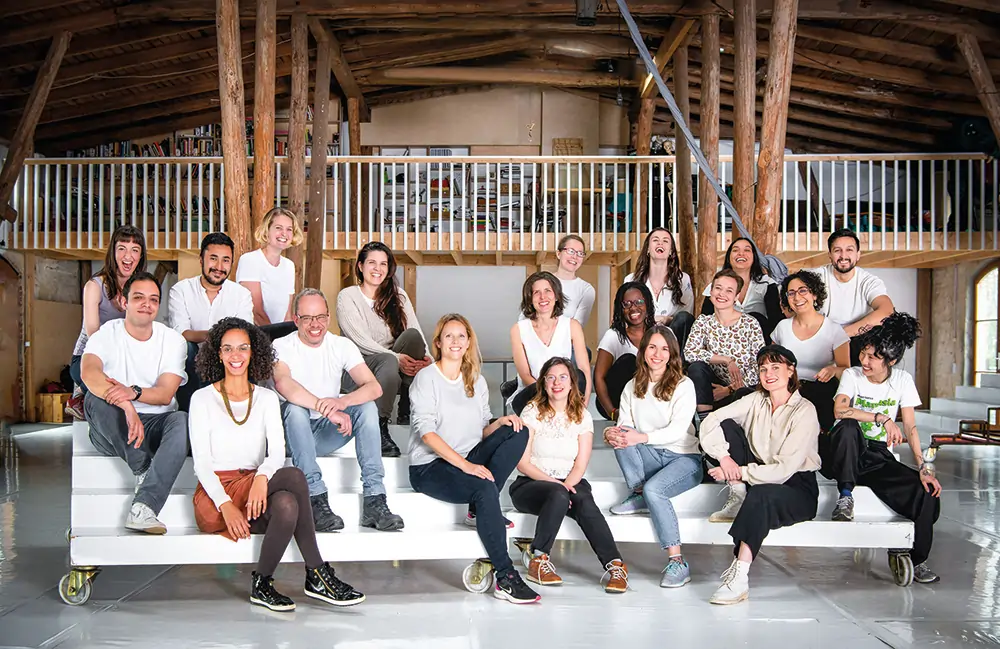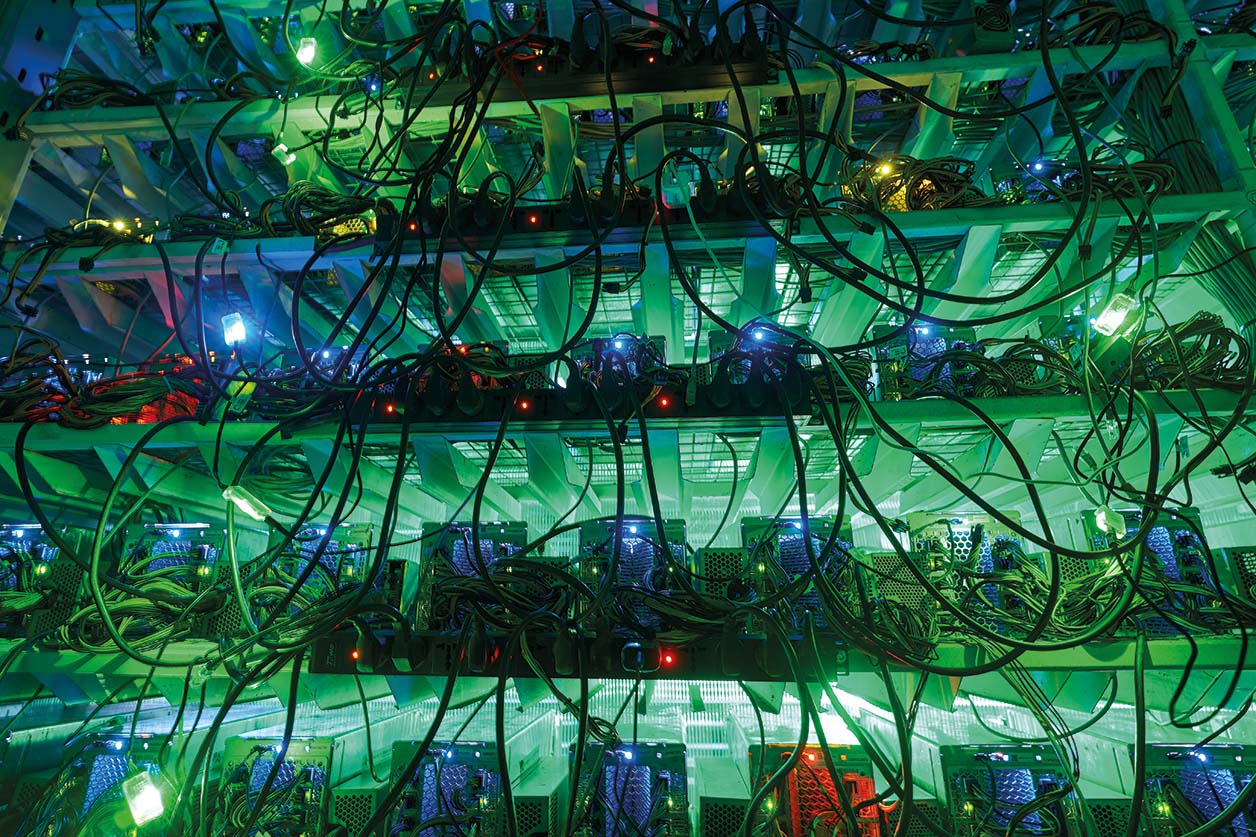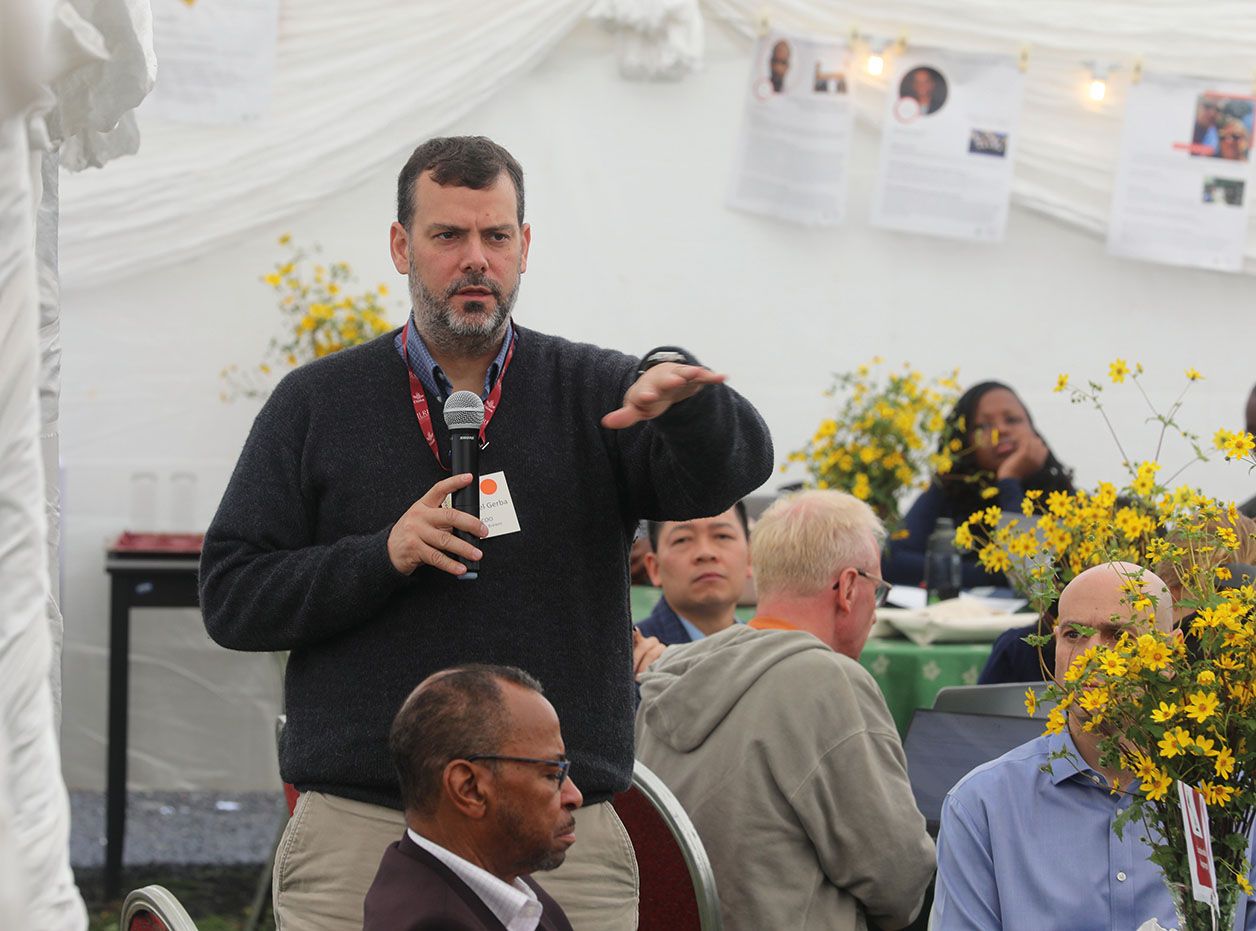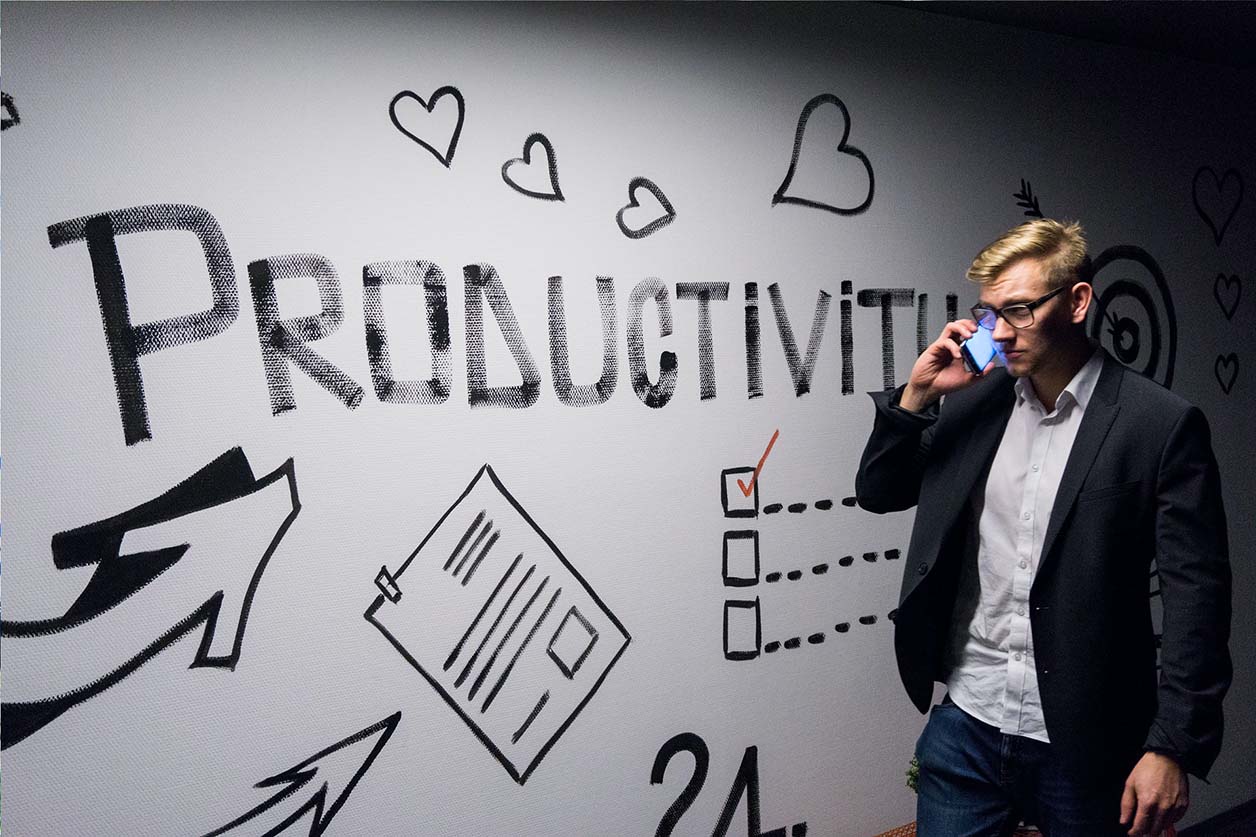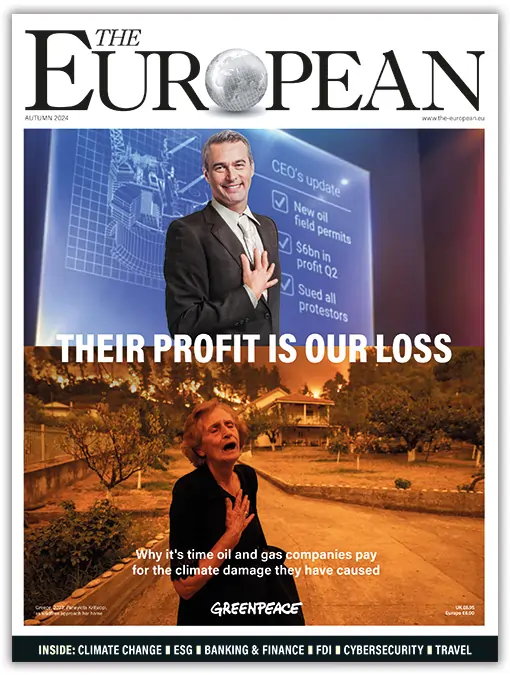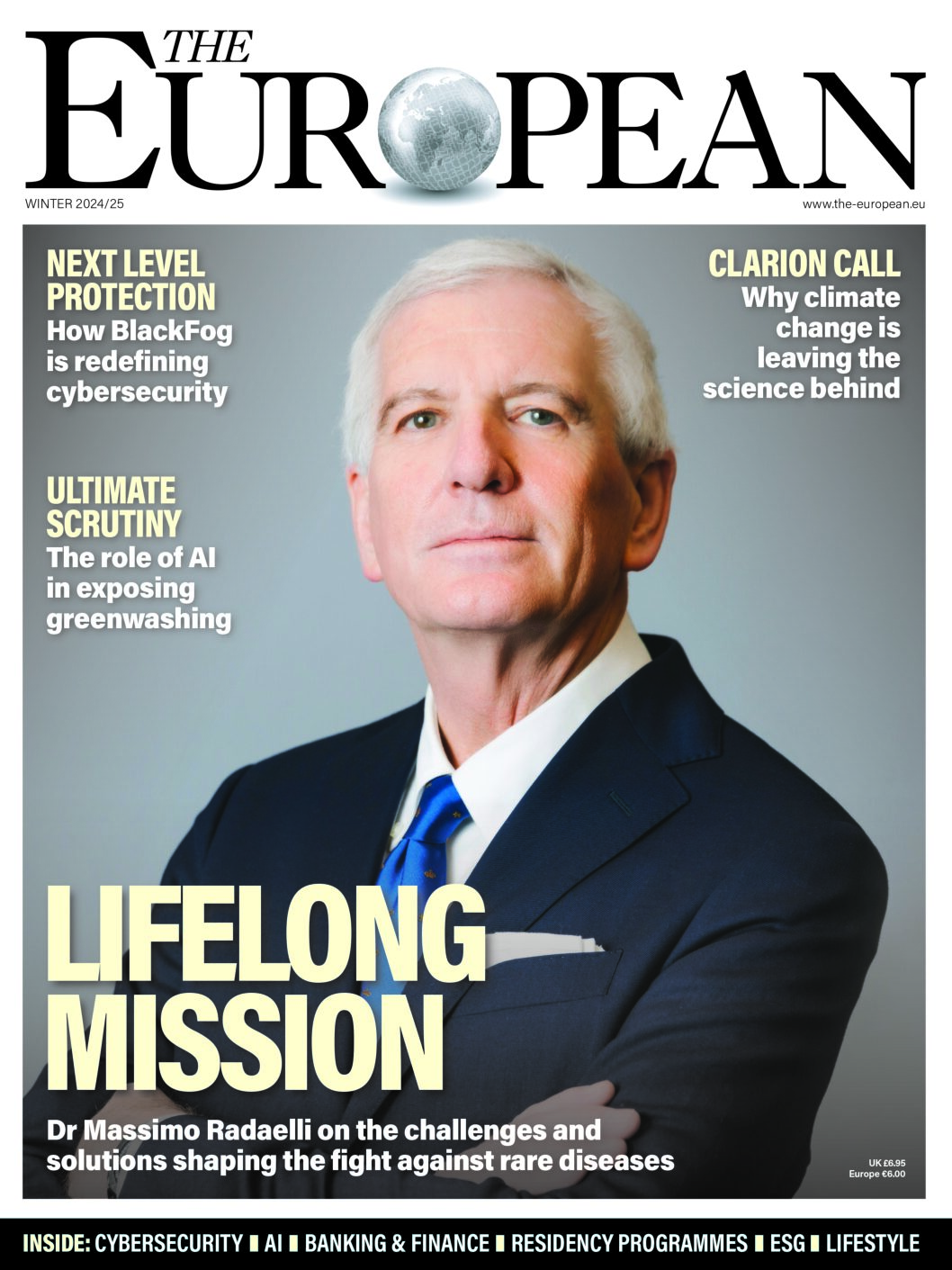“I never saw a wreck and never have been wrecked, nor was I ever in any predicament that threatened to end in disaster of any sort,” said E. J. Smith, a seasoned naval officer, in 1907. He was the captain of The Titanic, perhaps the most famous wrecked ship in history. We often assume that such short-sightedness is an innate human attribute, similar to our sexual drive, or our aversion to taxes. Bina Venkataraman, a former climate adviser to the Obama administration, begs to differ. As she argues in her new book, The Optimist’s Telescope, treating the future as a distant irrelevance is not destiny, but a choice we make, sometimes consciously, but in most cases subconsciously.
The book delineates the reasons why we find it hard to plan for the future, drawing insights from a wide range of sciences, including archaeology, economics and psychology. Throughout her six-year research, Venkataraman visited farms, boardrooms, labs, and even regions affected by nuclear accidents, to source examples of individuals and organisations that have mastered the art of future-proofing. One way to do that, Venkataraman suggests, is to focus on the impact our actions have in the long-term by projecting ourselves into the future and imagining our place in it. Such an endeavour was what motivated her to write the book:
“I was inspired by my belief that I’m part of a generation that has a greater need to think ahead than those that have come before in human history – because of our longevity, our impact on the planet, our knowledge of how we shape the future, and the reach of our technology.”
Imagining the future
As Senior Adviser for Climate Change Innovation in the Obama administration, Venkataraman was responsible for persuading corporate executives to plan for the greatest crisis ahead: climate change. It was not an easy task. Business leaders often fail to see the bigger picture, focusing on short-term results to keep shareholders happy. Changing this mentality requires a systematic approach, she says: “What I found so often is that people who aspired to plan for the future found that they couldn’t – not because of their innate nature but because of the conditions and environments they inhabited. That made it clear to me that it was important to understand that we often face a choice whether to think ahead or be short-sighted, and that we need tools to do it better if we are going to meet our obligations to future generations, not to mention secure a better future for ourselves.”
Throughout her research, she came across several examples of how investors and business leaders can look beyond near-term stock prices and quarterly earnings: “Part of what is required is choosing more meaningful metrics of long-term value – such as growth in market share or customer loyalty – instead of myopic metrics. There are also better ways to allocate shareholder voting power and ways to reform corporate culture and corporate governance so that what matters in the future can come into sharper focus in the present.”
So what is the remedy to our “faulty telescopic faculty”, a term coined by the economist A.C. Pigou that inspired the title of the book? Venkataraman asks us to use our imagination and think how the future will look and how it will affect us personally. One way to do this is to write letters to our future selves and our grandchildren. We should also pass on to them what Venkataraman calls “heirlooms”: objects that are adaptable, durable and usable in different ways by future generations, creating an invisible thread that makes us conscious of our responsibilities as ancestors.
Societies can do something similar. Based on the work of behavioural economists such as the Nobel laureate Richard Thaler, many governments have adopted “nudge” policies: subtle, indirect measures that aim to shift individual and collective decision-making and protect us from our own short-sightedness. Venkataraman endorses this approach: “I think nudges can be used effectively, especially when a government is transparent about it and the purpose it has in designing such a policy or programme.” In The Optimist’s Telescope, she writes about the UK government’s use of such a policy to reduce the “myopic and inappropriate” prescribing of antibiotics, which increase the threat of superbugs. “A campaign to change physician prescribing behaviour was hugely successful, just by communicating to doctors how they compared to their peers in prescribing the wrong antibiotics,” she says. However, she cautions that these policies are not a panacea: “There are instances where a nudge cannot work to overcome short-sightedness, and where laws and regulations work better, but I do believe it’s a necessary implement in the arsenal of tools we need to hone our collective foresight.”
Technology – the great distractor
One reason why planning for the future is so tricky in our times is technology. Several psychological studies have proved that social media rewards instant gratification and shortens our attention span. Particularly for smartphone-addicted millennials, the future is always now. “Many consumer technologies are designed to keep us hooked to near-term rewards, locking us in a compulsion loop of pursuing instant gratification. I think we’re carrying virtual casinos with us in our pockets every day. When you’re in such a cycle, it’s very difficult to see what matters over the long term, to have a sense of what kind of rewards and meaning one should be pursuing over time,” says Venkataraman. But there is a way out, she explains: “Technology need not be designed in this way. In fact, I write in The Optimist’s Telescope about virtual reality technologies that can be used to help people better imagine the future – whether it’s their own old age or the potential death of coral reefs. In this way technology can actually help us look across time.”
By delving into the intricate ways our cognitive biases work, Venkataraman arrives at the same conclusion that political analysts studying media and populism have reached: feelings and imagination are more powerful than cold facts when it comes to public communication. A case in point is climate change. Scientists have their role in explaining the dangers ahead, but Venkataraman suggests that we should also engage in public discourse with young people, who can remind us of our responsibility towards future generations. But how does she explain the backlash against climate change activists such as Greta Thunberg, often ridiculed as hypocrites or modern-day Cassandras? “There’s cognitive dissonance when you pay attention to the true crisis that is climate change and yet don’t engage in being part of the solution. I believe that explains at least some of the anger we see from older public figures toward young climate activists – they have not reckoned with their own sense of responsibility and guilt, but surely at least sense it in our current reality if they are paying attention to the science and to the unfolding impacts of climate change.”
If there is one tool we can use to make the future a better place, it is education. Venkataraman, who teaches at MIT’s programme on science, technology and society and serves as the Director of Global Policy Initiatives at the Broad Institute of Harvard and MIT, believes in education’s role as a bulwark against our worst inclinations. In the book, she offers “a roadmap for how history can be used to avoid collective amnesia”, without assuming that the future will be identical to the past. “Business schools and other professional schools are poised to help future managers and leaders in the private sector learn how to measure and reward what’s meaningful for long-term outcomes, and how to create cultures where people won’t make reckless decisions […] History is also important, especially because we often forget the lessons of the past – but it’s also important to engage multiple historical analogies when using them as precedents for the future.”



